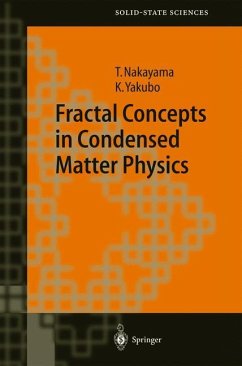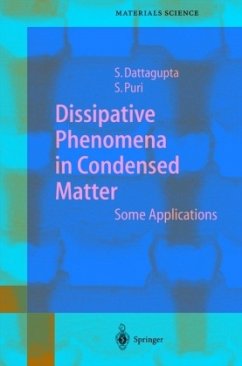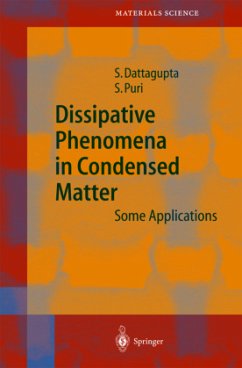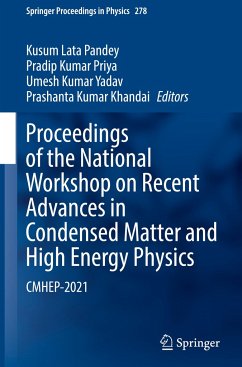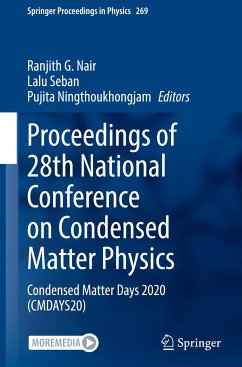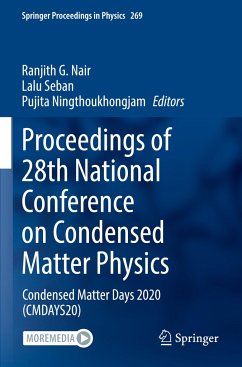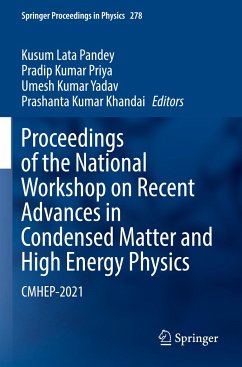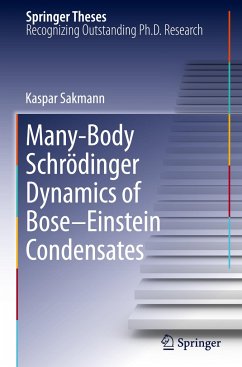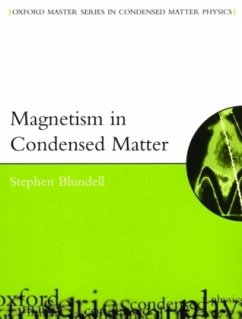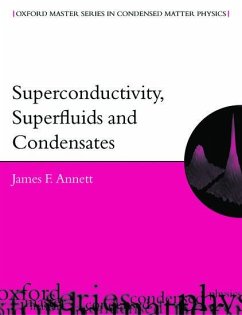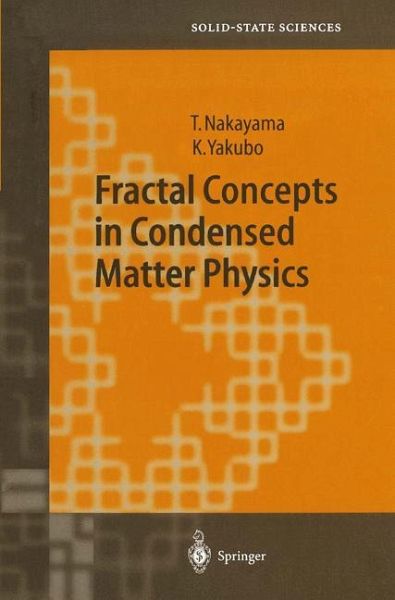
Fractal Concepts in Condensed Matter Physics
Versandkostenfrei!
Versandfertig in 6-10 Tagen
76,99 €
inkl. MwSt.
Weitere Ausgaben:

PAYBACK Punkte
38 °P sammeln!
Concisely and clearly written, this book provides a self-contained introduction to the basic concepts of fractals and demonstrates their use in a range of topics in condensed matter physics and statistical mechanics. The first part outlines different fractal structures observed in condensed matter. The main part of the book is dedicated to the dynamical behaviour of fractal structures, including anomalous and percolating systems. The concept of multifractals is illustrated for the metal-insulator quantum phase transition. The authors emphasize the unified description of these different dynamic...
Concisely and clearly written, this book provides a self-contained introduction to the basic concepts of fractals and demonstrates their use in a range of topics in condensed matter physics and statistical mechanics. The first part outlines different fractal structures observed in condensed matter. The main part of the book is dedicated to the dynamical behaviour of fractal structures, including anomalous and percolating systems. The concept of multifractals is illustrated for the metal-insulator quantum phase transition. The authors emphasize the unified description of these different dynamic problems, thus making the book accessible to readers who are new to the field.





